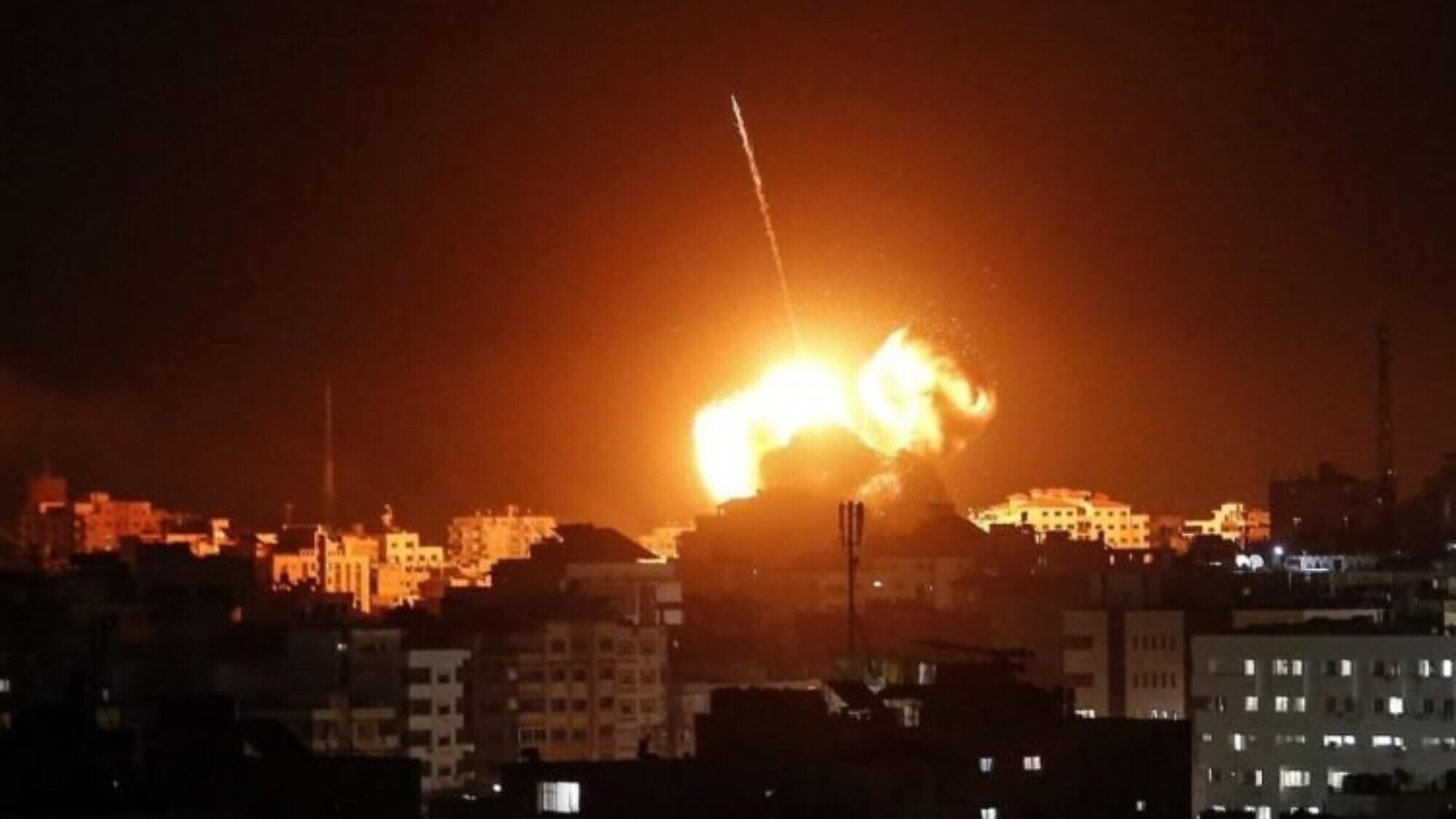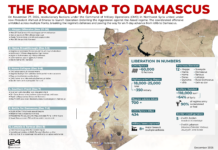
Israeli warplanes launched a series of airstrikes late Friday night, targeting sites in Syria’s Homs, Idlib, and Aleppo regions as well as the Syrian-Lebanese border, in an intensification of Israel’s campaign against Iranian-backed militia forces in Syria. The strikes reportedly aimed at cutting off supply lines to Hezbollah, a key Iranian ally in Lebanon, as regional tensions continue to rise amid Israel’s ongoing conflict in Gaza and its hostilities with Hezbollah.
The Lebanese National News Agency reported that one airstrike hit near the Lebanese village of Hawsh al-Sayyid Ali, close to the Syrian border. This area, located north of Lebanon’s Hermel region, has frequently been a site of Israeli strikes aimed at halting weapons transfers from Syria to Hezbollah. The Lebanese report did not confirm any casualties from this latest attack, and the Assad regime and local media have so far refrained from commenting.
In a coordinated operation, Israeli aircraft also struck the countryside of al-Qusayr, near Homs, targeting sites near the village of Hawsh al-Sayyid Ali, according to the London-based Syrian Observatory for Human Rights (SOHR). Details on casualties from this particular strike were not immediately available.
The Assad regime’s state-run media later reported additional strikes early Saturday in the Al-Safira area southeast of Aleppo, hitting a Scientific Research Complex and defense labs connected to Assad’s military. A military source cited by the Syrian Radio and Television Corporation stated that explosions and fires erupted at these sites following the attack, which left multiple soldiers injured and caused extensive material damage.
Simultaneously, Israeli jets reportedly targeted Hezbollah and Iranian militia positions in the city of Saraqib, east of Idlib, in northwestern Syria. According to local sources, at least seven Hezbollah fighters were killed and another 15 wounded in these raids, which also led to violent explosions audible throughout the area.
The escalation follows Israel’s intensified operations against Iranian-backed forces in Syria, which have escalated alongside Israel’s war in Gaza that began in October 2023. Israel has conducted airstrikes in Syria for years to prevent what it sees as a strategic threat from Iran, particularly from Hezbollah’s buildup along its northern border. These strikes often focus on known supply routes and storage facilities for weapons allegedly smuggled from Iran to Hezbollah via Syria.
In recent months, Israel’s strikes have expanded to key transit points, including both legal and illegal crossings along the Syrian-Lebanese border. Just days prior, Israeli warplanes reportedly bombed the Jarmash-Qald al-Sabaa crossing, an unofficial transit point in Lebanon’s Hermel region. Last month, Israeli aircraft also attacked sections of the Jdeidet Yabous-Masnaa international road on the Syrian-Lebanese border, effectively halting transit through this critical route. The Israeli military has stated it is imposing a “military blockade” on Lebanon to stop Hezbollah from using these routes for weapons transfers from Iran.
This latest wave of airstrikes demonstrates the expansion of Israel’s regional conflict, with Tel Aviv increasingly targeting Iranian-affiliated sites in Syria as part of a wider regional struggle. Assad regime media described the Al-Safira area southeast of Aleppo, including its research and munitions facilities, as having become a hotspot for Iranian and Hezbollah activity in recent years. While Israel does not usually confirm its operations in Syria, military analysts believe it sees the buildup of Iranian arms in Syria as a direct threat to its national security.
SOHR notes that Israeli strikes in recent months have disrupted supply chains and inflicted significant damage on Hezbollah’s ability to maintain a steady flow of equipment and personnel between Syria and Lebanon. As regional conditions deteriorate, analysts predict that Israel may sustain or even escalate its campaign against Iranian forces in Syria, adding further strain to an already fragile situation along the Syrian-Lebanese border.








